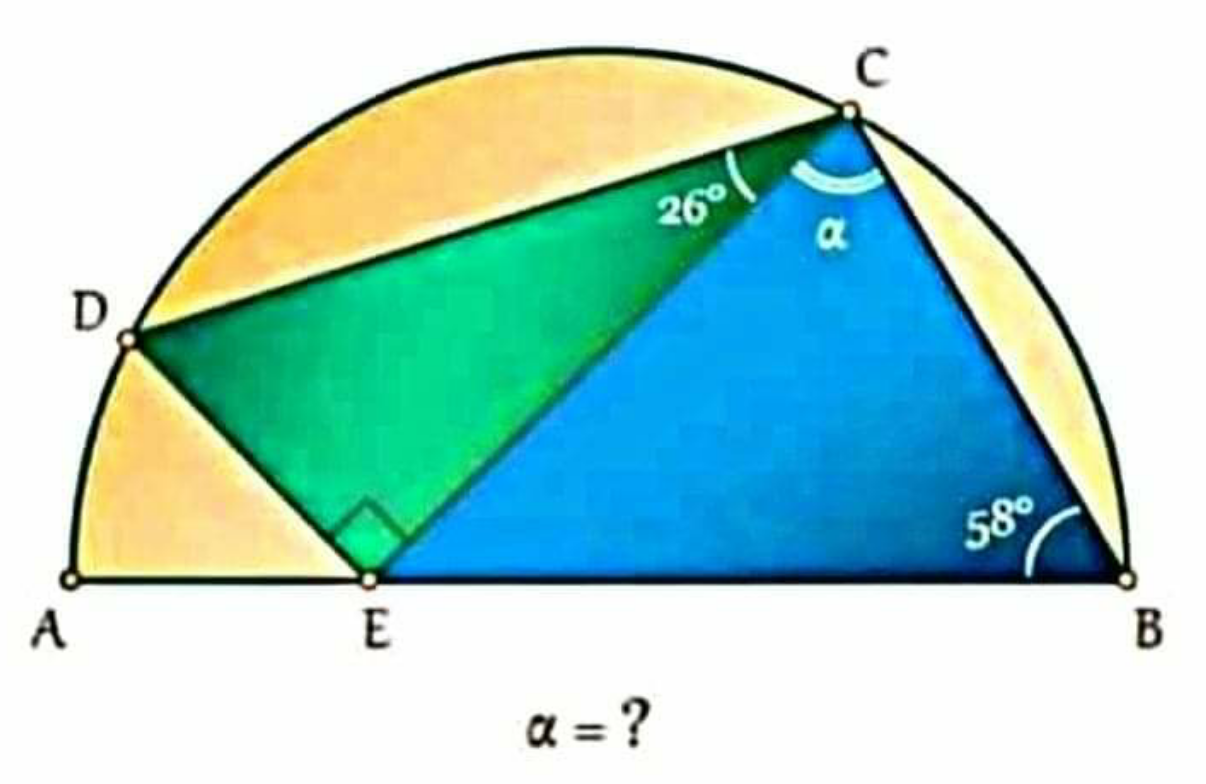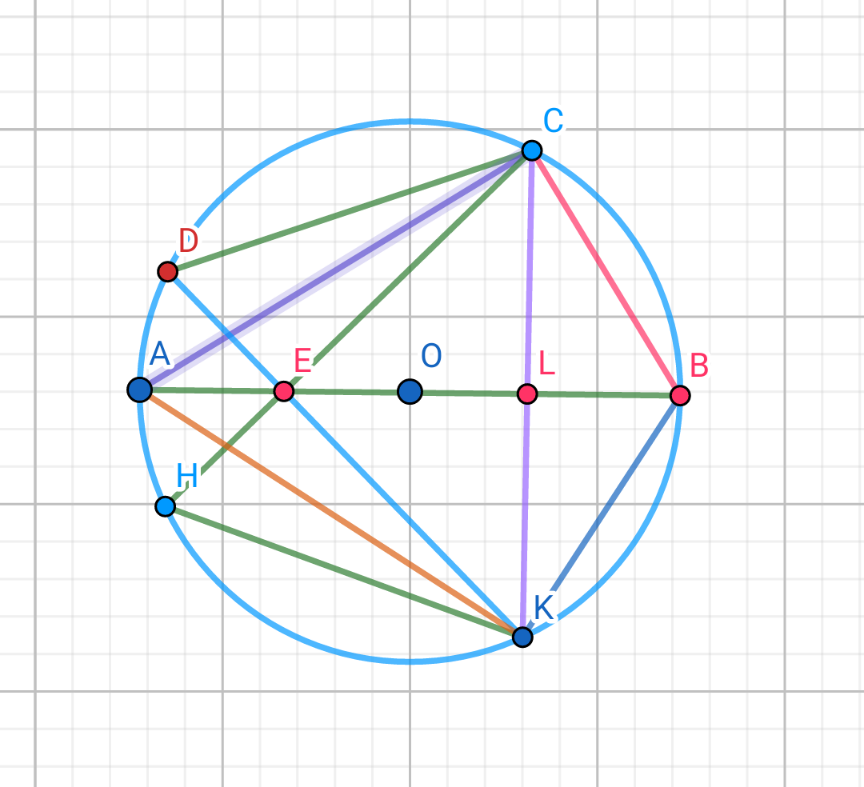
Question and Answers Forum
Question Number 115166 by I want to learn more last updated on 24/Sep/20

Answered by 1549442205PVT last updated on 24/Sep/20

Commented by I want to learn more last updated on 24/Sep/20

Answered by 1549442205PVT last updated on 24/Sep/20

Commented by 1549442205PVT last updated on 24/Sep/20

Commented by I want to learn more last updated on 24/Sep/20

